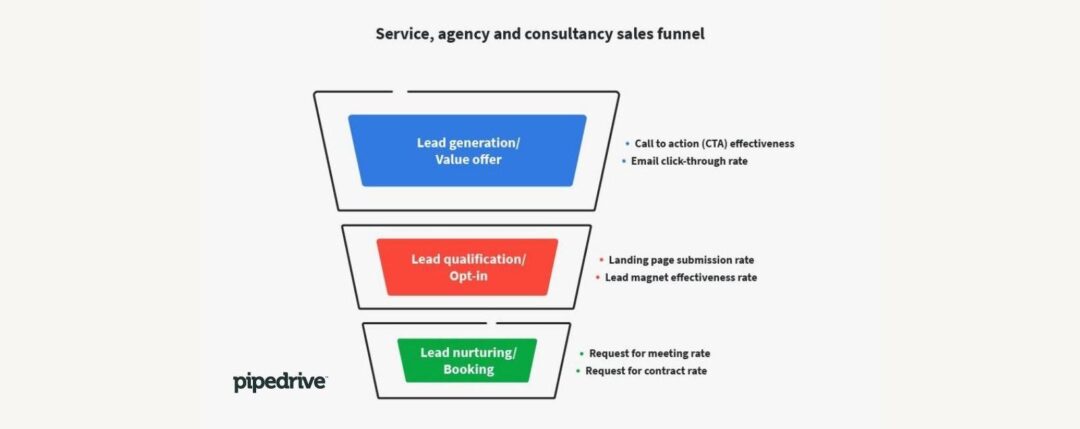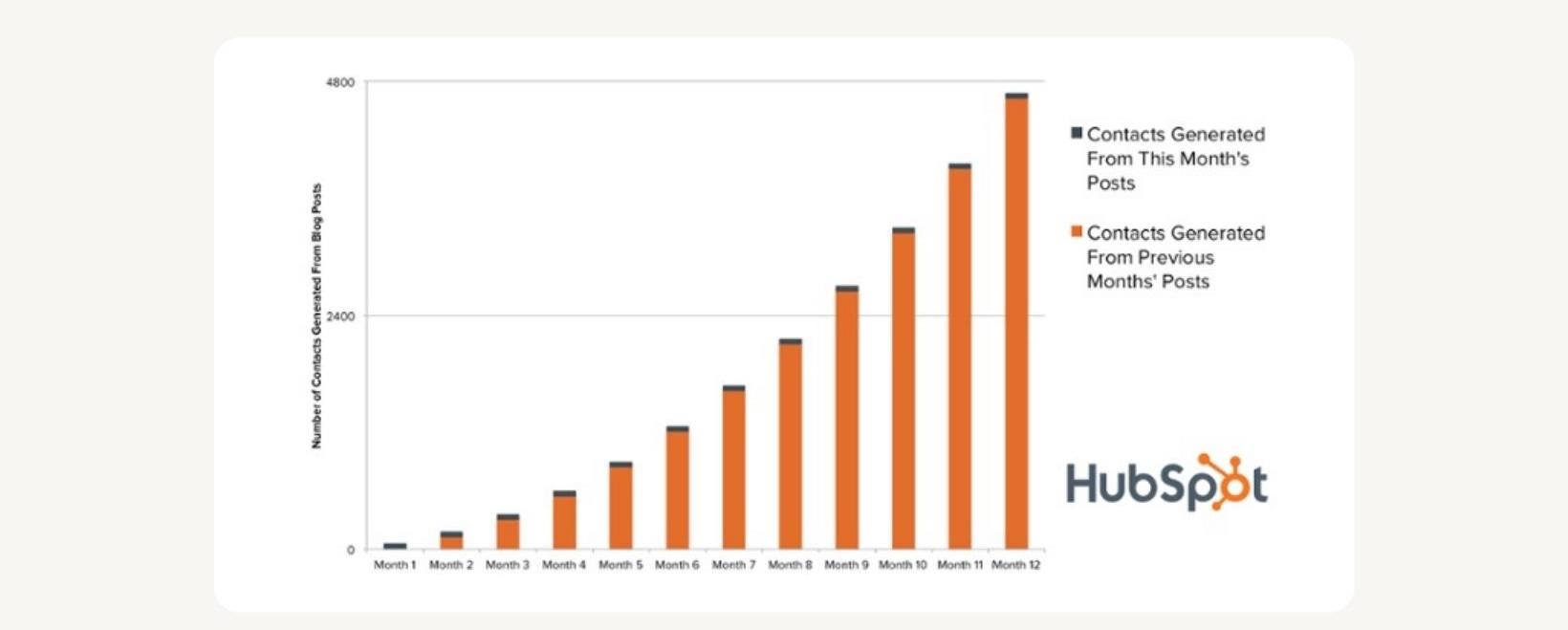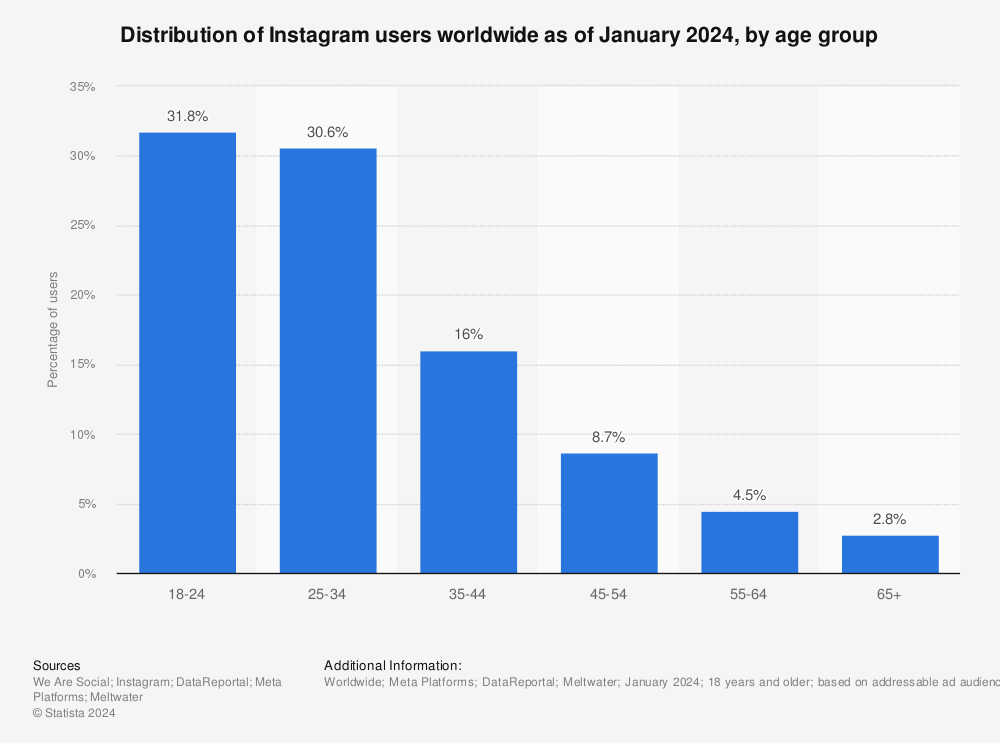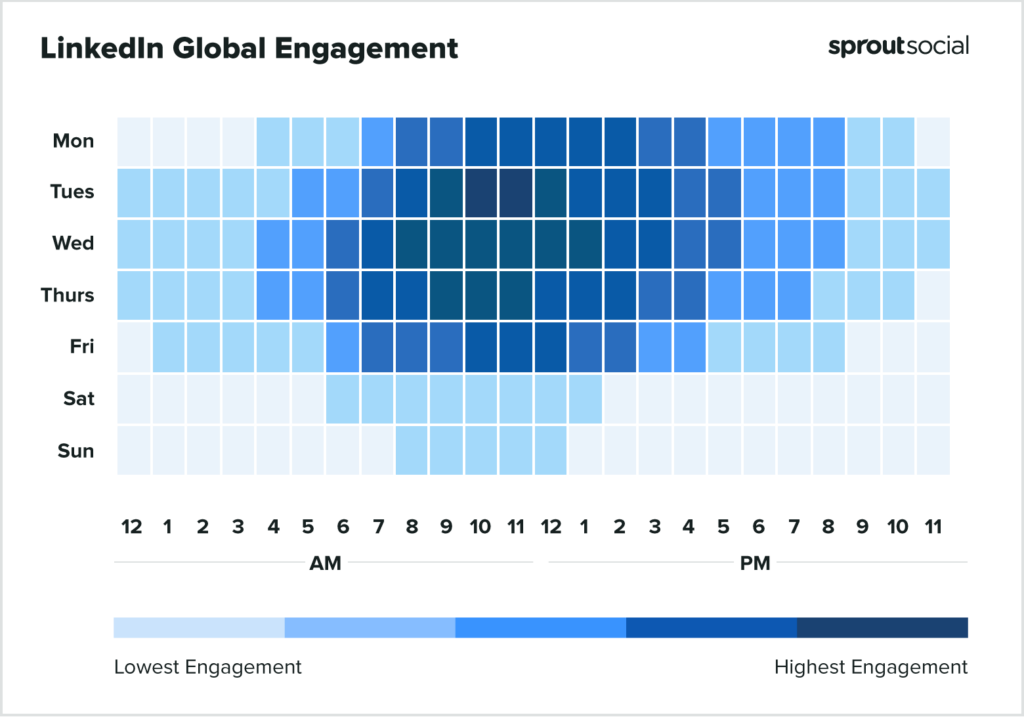5 Ways to Revive Lost Leads And Turn Them into Sales
This is a guest post submitted by Dialpad.
Here’s the truth: losing leads is inevitable.
Whether you’re a startup or a well-established business, this will apply to you. For this reason, businesses must have a strategy in place to recover lost leads, and better yet, turn them into sales. Not sure how? Not to worry, we’ve put this guide together to help you explore various ways in which to recover your lost leads.
What are leads and how do they get lost?
First things first… What exactly are lost leads?
Let’s start by looking at what a lead is. Simply put, a lead refers to anyone who may be interested in your product or service but is not prepared to purchase anything….yet.
Leads can be garnered from anywhere and in various ways. Cold-calling, emails, social media, and events are all places and strategies that can be used to do so. Once you have their interest, it’s time to sell!
Now, when we talk about lost leads, we are referring to those people who are no longer interested. And this is completely normal. No business in existence is able to keep 100% of its leads and convert them into sales every time.
Lost leads will, for instance, stop reading the content you are putting out, delete your emails, or unsubscribe from your email list altogether.
However, that doesn’t mean that you shouldn’t make the most of the leads you have; this includes reviving lost leads. Businesses often spend a good amount of resources on generating new leads on which to work. Letting leads go would therefore be a waste of that time. As the saying goes, waste not, want not.
Emotional intelligence is crucial in interactions with potential consumers and trying too hard to win a lead back, being too aggressive, or retargeting the wrong type of lost leads could end up doing more damage than good. After all, nobody likes to be forced into a sale or contacted multiple times for a service in which they have zero interest.
Let’s not forget that bad customer service is more likely to be talked about than good customer service. Some lost leads have genuine reasons for being, well, lost. For instance, they might genuinely not need your product or service or simply cannot afford to purchase it. In these cases, there isn’t much you can do in the immediate. No amount of stellar sales skills will change the circumstances—imagine trying to sell a virtual fax machine to a taxi driver.
What you can do, however, is leave them with a good impression. That way, if their situation ever does change, you’ll be at the forefront of their minds. But, let’s not get ahead of ourselves…
Why are my leads getting lost?
Before even trying to revive a lost lead, it’s always a good idea to spend some time figuring out why the lead is lost in the first place. Though we’ve mentioned a couple of reasons for this, there are many that we haven’t. As will become clear, lost leads can point to more problematic areas in your overall marketing strategy. You’ll find below further reasons as to why a lead might be lost.
They might:
- Not need your product or service;
- Not be able to afford what you have to offer;
- Have concerns about your business;
- Have had negative experiences with your company or previous products.
Now, from these, we can extract potential problem areas that need to be addressed.
Let’s take the first reason as an example. You may find that many of your leads in the end don’t actually need your service, and therefore do not convert into clients. Why is this?
Well, perhaps it’s time to look into your lead generation campaigns and how you’re targeting your potential clients. If not done right, they may actually be leading you to focus on the wrong demographic, which in turn results in you spending time and effort on people who aren’t all that interested in what you have to offer in the first place, and possibly overworking your employees in the process.
On the other hand, though you may be reaching people who are interested in the industry in which you operate, they don’t need the product or service you provide because they already have it. Although this sounds like a tricky issue to navigate, you can turn this into a positive; we’ll be discussing this more later.

You must think about the experience you are offering your potential customers, too. If a lead were to leave you a voicemail enquiring about your service, how long would they then have to wait for a response while you struggle to rapidly pass on the details to the relevant staff member? And is your connection good, or would your representative struggle to hear the consumer and make them repeat everything at least three times?
Subtle things such as figuring out how to forward a voicemail or ensuring you have the best VoIP router can end up making a huge difference to your customer service and the experience you offer potential leads. A positive experience can be the difference between a future consumer and a lost lead.
Key points to get right
As you’ve probably gathered by now, the point we’re trying to drive home is that before you even try to recover lost leads, make sure:
- Your lead generation campaign is robust and effective.
- The data you are using to develop your campaign strategies is relevant and accurate.
- You use the aforementioned data to get ahead of concerns and issues potential clients may have.
- You put effort into delivering an excellent customer experience and service to foster an overall positive experience with your brand.
Okay, so we’ve covered what leads are, what it means when they get lost, and why this can happen. All that’s left now is to tackle the topic of how you can revive lost leads and turn them into sales. We hope you’re ready, because there’s a lot to cover!
5 Ways to Revive Lost Leads And Turn Them to Sales
Let’s get straight into it—here are five ways to bring a lost lead back to life:
1. Find the root(s) of the issue
It’s very hard to rectify an issue if you don’t know where it came from. Lucky for us, it’s not overly difficult to get hold of this information.
Qualitative Research
Simply get in touch with your lost leads and ask. There are numerous ways of doing this, from emails to surveys. However, the key here is to approach them without aggression. That is to say, don’t come to them as though you’re looking to sell them something; that will send them running (or deleting the email with a sigh of frustration). Instead, make it clear that you are looking for feedback.
Quantitative Research
The data you gather from this is very important. You can use it to gain better insight into the types of strategies you should opt for, and which areas need improvement. For example, an email tracking feature could clue you on to how many of the promotional emails you send are being flagged as spam. If it’s happening a lot, you may need to change your email marketing tactics and content.
2. Use content to (re)foster interest
One of the possible reasons for losing leads is that they have simply lost the interest they once had in your product or service. Recapturing that interest will require some effort.
Your website, social media accounts, or any platform you choose to operate on can be a treasure trove of useful and engaging content. You just have to make sure you are putting out the right kind of content that will attract both potential and lost leads.
That isn’t all there is to it, though. You also must make sure that this content is delivered in a way that is effective.
Blog posts are a great way to do this, especially since they’re easy to share. You can use them not only to share insights, tips, and useful advice with the readers about your industry, but also to showcase how the product or service you offer can be beneficial to them and better than those of your competitors.

You can also use posts to address common or recurring issues that your clients may be facing when using your service or product.
The great thing about this is that, in the same breath, you’re also reassuring potential and lost leads. From these types of posts, they can see that you are serious about helping your customers.
One thing to point out though is that often, these partners will not be based near you, which can make some hesitate due to the fear of a lack of communication. If that’s you, don’t let this discourage you, there are plenty of solutions. For instance, software such as Dialpad web conferencing services can help you keep in touch with your staff and partners, no matter where they are, and makes remote collaboration a breeze.
3. Email marketing
Another way to revive lost leads is to show them what they’re missing. For instance, if you have a limited offer going, you can use it as an incentive for them to re-engage with your brand and re-ignite their interest.
Are you selling automation software test services? Why not let your leads know about that 15% off you have on at the minute?
Make sure to also personalize the emails! Tailor the content within them to reflect the receiver’s interests. For example, if you know that they previously were interested in a particular product of yours (or a competitor’s), email them about this product, along with similar ones that may be useful to them. Since the interest is already there, it’s not too far a stretch to re-ignite it!

And though this may seem like a small detail, don’t overlook the subject line. This is the first impression they are going to get. Make sure to use an attractive subject line that is likely to grab their attention and increase the likelihood of them actually opening the email.
4. Target the relevant channels
There is no point producing great content if nobody is going to see it. Research to find out which channels are most commonly used by your target audience, and spend time and effort on them. Channels can include social media platforms, your website, emails, etc.
For instance, if you know that many of your lost leads prefer keeping in touch with you through your website, make sure to work on it so that it’s user-friendly and full of content that is appealing to them.
However, if your target audience is made up of 25-34 year olds, you may find that Instagram is where you should be focusing your attention. This is hardly surprising, since it’s been found that 31% of global Instagram users fall within that age range.

Find more statistics at Statista
5. Get the timing right
Sometimes, it’s not the channel you’re using that’s the issue, but the time at which you are posting, sending, or uploading your content.
You may or may not know this, but there are peak times during which people tend to hop online. For example, it’s a fairly widely known notion that the best time to post on Linkedin is between 8:00 am and 2:00 pm, as it’s when people are more likely to be on the site or app.

However, this doesn’t account for different variables such as age or occupation. If your audience is made up of mostly professionals, for example, you might find that in your case, it’s best to post after 5pm, once the work day is over. This is why gathering data is so important—it truly does inform the strategies you develop and techniques you use to retrieve lost leads.
Summary
You didn’t think we would put you through all of that without providing a convenient little summary at the end, did you?
In essence, the main points to take away from this piece are:
- Figure out why you are losing leads.
- Use the information above to readjust your marketing strategies.
- Don’t badger, converse.
- Create fresh, tailored content in the form of blog posts, video or podcasts.
- Work on the customer service and experience you offer; don’t be afraid to use appropriate technologies such as cloud computing to do so.
There you are; you’re all set to revive your lost leads!
About the author

Grace Lau,
Director of Growth Content, Dialpad
Grace Lau is the Director of Growth Content at Dialpad, an AI-powered best small business phone system for better and easier team collaboration. She has over 10 years of experience in content writing and strategy. Currently, she is responsible for leading branded and editorial content strategies, partnering with SEO and Ops teams to build and nurture content. Connect with Grace on LinkedIn.
